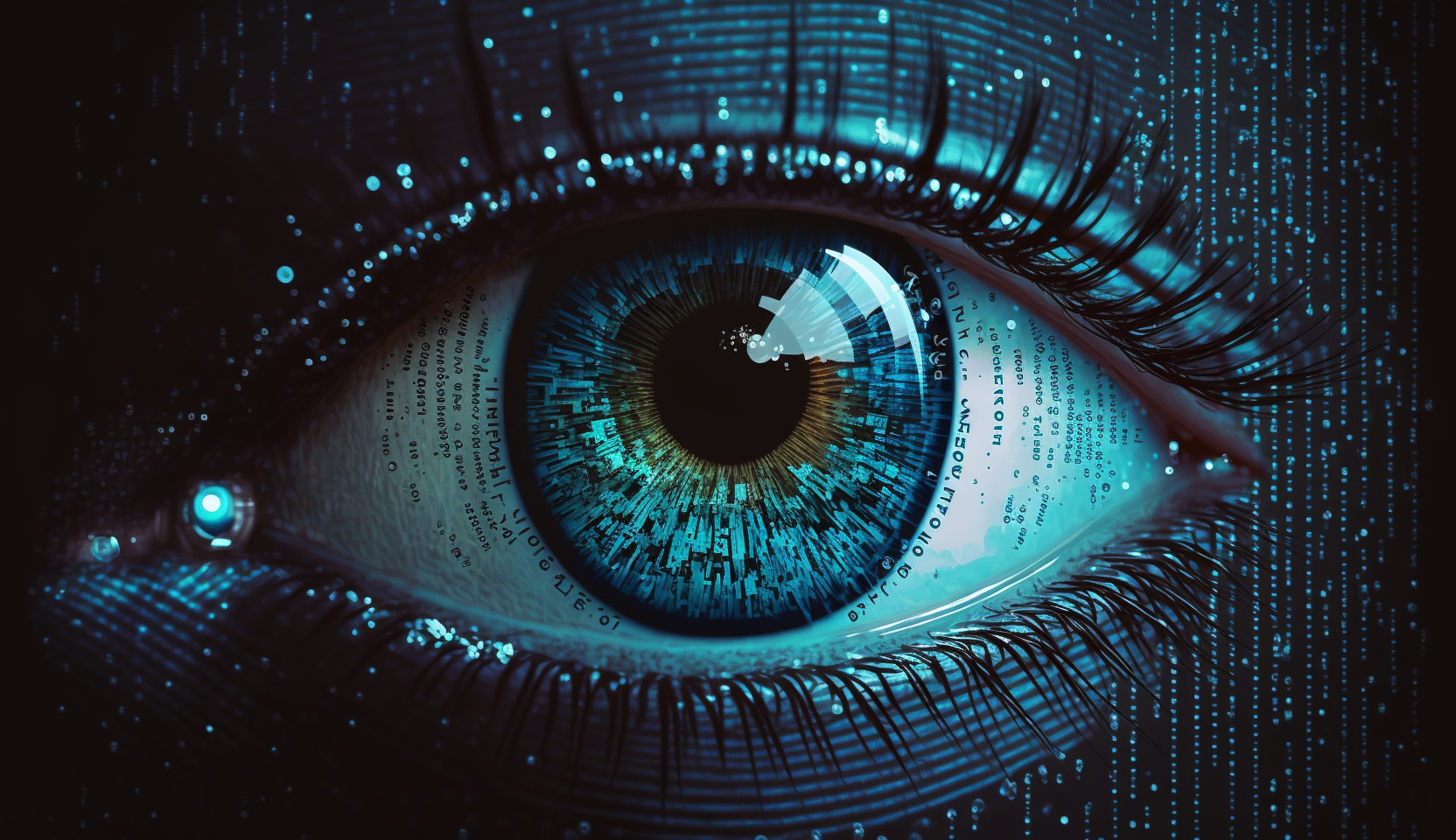Understanding Multiple Channels in Convolutional Neural Networks
Learn how Convolutional Neural Networks process images with multiple channels (like RGB) to extract complex features and achieve state-of-the-art results in image recognition tasks.
Learn how Convolutional Neural Networks process images with multiple channels (like RGB) to extract complex features and achieve state-of-the-art results in image recognition tasks.
Convolutional Neural Networks (CNNs) excel at processing image data, and at the heart of their power lies the convolution operation. While convolutions might seem complex at first, understanding them is key to grasping how CNNs learn. This article breaks down the concept of multi-channel convolutions, a fundamental building block of CNNs. We'll start with single-channel convolution for grayscale images and then extend it to handle the multiple color channels present in typical images. Finally, we'll explore how using multiple filters allows CNNs to extract diverse features, leading to enhanced performance in various computer vision tasks.
Let's break down multi-channel convolutions in CNNs:
1. Single Channel:
import numpy as np
image = np.array([[1, 2], [3, 4]])
kernel = np.array([[0, 1], [1, 0]])
output = np.convolve(image.flatten(), kernel.flatten(), mode='valid')
print(output) # Output: [4]2. Multiple Input Channels:
3. Multiple Output Channels:
4. Dimensions:
In essence:
This Python code demonstrates multi-channel image convolution using NumPy. It defines a 3x3x3 input image (RGB) and two 3x3x3 convolution filters. The code then performs convolution by iterating over output channels and input channels, performing element-wise multiplication and summation between the filter and image. The result is a 1x1x2 output array representing two feature maps, one for each filter. This simplified example illustrates channel-wise convolution, summation across channels, and the use of multiple filters for feature extraction.
import numpy as np
# Example: Multi-channel convolution with NumPy
# 1. Input Image (3 channels - RGB)
image = np.array([
[[1, 0, 2], [0, 2, 1], [1, 0, 2]], # Red channel
[[2, 1, 0], [1, 0, 2], [2, 1, 0]], # Green channel
[[0, 2, 1], [1, 2, 0], [0, 2, 1]] # Blue channel
])
image = np.transpose(image, (1, 2, 0)) # Reshape to (height, width, channels)
# 2. Convolution Filter (2 filters, 3 channels each)
filters = np.array([
[[[1, 0, 1], [0, 1, 0], [1, 0, 1]], # Filter 1, Red channel
[[0, 1, 0], [1, 1, 1], [0, 1, 0]], # Filter 1, Green channel
[[1, 0, 1], [0, 1, 0], [1, 0, 1]]], # Filter 1, Blue channel
[[[0, -1, 0], [-1, 4, -1], [0, -1, 0]], # Filter 2, Red channel
[[0, -1, 0], [-1, 4, -1], [0, -1, 0]], # Filter 2, Green channel
[[0, -1, 0], [-1, 4, -1], [0, -1, 0]]] # Filter 2, Blue channel
])
filters = np.transpose(filters, (2, 3, 0, 1)) # Reshape to (output_channels, filter_height, filter_width, input_channels)
# 3. Convolution Operation
output = np.zeros((1, 1, 2)) # Output shape: (new_height, new_width, output_channels)
for out_ch in range(filters.shape[0]): # Iterate over output channels
for in_ch in range(image.shape[2]): # Iterate over input channels
output[0, 0, out_ch] += np.sum(image[:, :, in_ch] * filters[out_ch, :, :, in_ch])
print(output) Explanation:
Output:
The output will be a 1x1x2 array, representing two feature maps (one for each filter). Each feature map is a single value in this simplified example because the input and filter sizes result in a 1x1 output after convolution.
Key Points:
General:
Single Channel:
Multiple Input Channels:
Multiple Output Channels:
Code Example:
Beyond Image Data:
Further Exploration:
| Concept | Description | Example |
|---|---|---|
| Single Channel Convolution | - Operates on a 2D input (e.g., grayscale image). - Uses a 2D filter to produce a single 2D feature map. |
[[1, 2], [3, 4]] * [[0, 1], [1, 0]] -> [4] |
| Multiple Input Channels | - Handles multi-dimensional input (e.g., color image with R, G, B channels). - Employs a 3D filter with depth matching the input channels. - Each filter 'slice' convolves with its corresponding input channel, and results are summed to produce a single 2D feature map. |
Image: (height, width, 3) Filter: (filter_height, filter_width, 3) |
| Multiple Output Channels | - Uses multiple filters to extract diverse features (edges, textures, etc.). - Each filter generates a separate 2D feature map. - The output is a 3D matrix formed by stacking these feature maps. |
Output: (new_height, new_width, output_channels) |
| Key Advantages | - Enables learning from different aspects of the input data simultaneously. - Extracts a richer set of features through multiple output channels, improving performance in tasks like image recognition. |
In short: Multi-channel convolutions allow CNNs to process and analyze multi-dimensional data effectively by learning diverse features across different input channels and generating a rich feature representation through multiple output channels.
Multi-channel convolution is a fundamental operation in CNNs, enabling them to effectively process and analyze multi-dimensional data like images. By performing convolutions across multiple input channels and using multiple filters to generate different output channels, CNNs can extract a rich set of features. This process allows them to learn complex patterns and relationships within the data, leading to superior performance in various computer vision tasks. Understanding multi-channel convolutions is crucial for comprehending how CNNs learn and achieve state-of-the-art results in areas like image recognition, object detection, and image generation.
 7.4. Multiple Input and Multiple Output Channels — Dive into Deep ... | In particular, channels allow the CNN to reason with multiple features, such as edge and shape detectors at the same time. They also offer a practical trade-off ...
7.4. Multiple Input and Multiple Output Channels — Dive into Deep ... | In particular, channels allow the CNN to reason with multiple features, such as edge and shape detectors at the same time. They also offer a practical trade-off ... Multi-Channel Convolutions explained with… MS Excel! | by Thom ... | We’ve looked at 1D Convolutions, 2D Convolutions and 3D Convolutions in previous posts of the series, so in this next post we’re going to…
Multi-Channel Convolutions explained with… MS Excel! | by Thom ... | We’ve looked at 1D Convolutions, 2D Convolutions and 3D Convolutions in previous posts of the series, so in this next post we’re going to… What Are Channels in Convolutional Networks? | Baeldung on ... | Learn about the channels of a Convolutional Neural Network (CNN) and how to modify input images.
What Are Channels in Convolutional Networks? | Baeldung on ... | Learn about the channels of a Convolutional Neural Network (CNN) and how to modify input images. Multi-channel coronal hole detection with convolutional neural ... | We train a convolutional neuronal network (CNN) to identify the boundaries of coronal holes from the seven EUV channels of the Atmospheric Imaging Assembly (AIA) ...
Multi-channel coronal hole detection with convolutional neural ... | We train a convolutional neuronal network (CNN) to identify the boundaries of coronal holes from the seven EUV channels of the Atmospheric Imaging Assembly (AIA) ... How Multi-Channel Convolution Works - IsaacTheBlog | As you probably already know, a single-channel convolution works by sliding a 2D filter, usually smaller than the input matrix, across the height and width dimensions. For every sliding “window”, we then compute the weighted sum. The resulting output is a smaller 2D matrix.
simple convolution
Most of the time, however, we are dealing with tensors that have more than one channel (a colored image for example). Things get even more complicated when we want to have a different number of input and output channels.
How Multi-Channel Convolution Works - IsaacTheBlog | As you probably already know, a single-channel convolution works by sliding a 2D filter, usually smaller than the input matrix, across the height and width dimensions. For every sliding “window”, we then compute the weighted sum. The resulting output is a smaller 2D matrix.
simple convolution
Most of the time, however, we are dealing with tensors that have more than one channel (a colored image for example). Things get even more complicated when we want to have a different number of input and output channels. Semi-automatic classification of prostate cancer on multi-parametric ... | • Prostate cancer classification using a deep learning model is feasible and it allows direct processing of MR sequences without prior lesion segmentation. • Prostate cancer classification performance as measured by AUC is comparable to that of an experienced radiologist. • Perfusion MR images (K-tr …
Semi-automatic classification of prostate cancer on multi-parametric ... | • Prostate cancer classification using a deep learning model is feasible and it allows direct processing of MR sequences without prior lesion segmentation. • Prostate cancer classification performance as measured by AUC is comparable to that of an experienced radiologist. • Perfusion MR images (K-tr … Multi-Channel Convolutional Neural Network for Twitter Emotion ... | Jumayel Islam, Robert E. Mercer, Lu Xiao. Proceedings of the 2019 Conference of the North American Chapter of the Association for Computational Linguistics: Human Language Technologies, Volume 1 (Long and Short Papers). 2019.
Multi-Channel Convolutional Neural Network for Twitter Emotion ... | Jumayel Islam, Robert E. Mercer, Lu Xiao. Proceedings of the 2019 Conference of the North American Chapter of the Association for Computational Linguistics: Human Language Technologies, Volume 1 (Long and Short Papers). 2019.